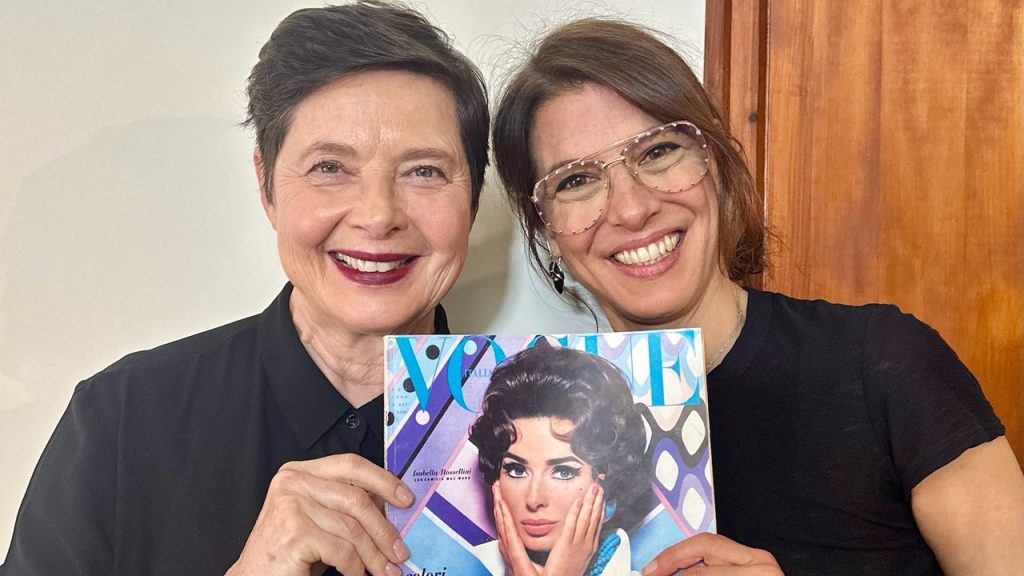In the mid-90s, after a successful modeling career, the speaker’s work almost came to a halt. In 1983, she landed a beauty contract with Lancôme that ended abruptly after 10 years in 1993. This decision was made by the beauty and fashion industry, which believed that women dream of eternal youth and that a 40-year-old woman could not represent that dream. This cultural ageism led Lancôme to not renew her contract, despite the speaker’s desire to continue working. However, Lancôme later reached out to her, which the speaker views as a sweet revenge against the ageist mindset prevalent in the industry.
The speaker reflects on the changes in the cultural landscape since her modeling days, noting a shift towards more diverse and open-minded choices. At a Pucci show, she reunited with friends like Christy and Eva, pondering whether the current inclusivity in fashion and beauty is just a passing trend or a lasting change. Despite challenges in finding elegant and age-appropriate clothing in current publications, the speaker draws inspiration from iconic figures like Maria Callas and Jackie Onassis, as well as her own mother, to navigate the task of dressing appropriately for her age and body type. She expresses hope for a future where imperfections are accepted as part of one’s charm.
The speaker emphasizes the need for the fashion and beauty industries to embrace inclusivity as a long-lasting and deep-rooted value. She acknowledges the shift towards accepting imperfections and diverse body types in fashion shows as a positive development, but points out that mainstream publications still largely feature very young women wearing garments that may not be suitable for all ages. The speaker highlights the importance of feeling represented in media and hopes for continued progress towards inclusivity and acceptance of all body types and ages.
The speaker’s experience with Lancôme reflects the ageist attitudes prevalent in the beauty and fashion industry, where women over a certain age are deemed unsuitable to represent the ideal of eternal youth. Despite facing rejection due to her age, she finds inspiration in the elegance and refinement of women from the past and strives to dress in a way that reflects her age and body type. The speaker’s reunion with friends at a fashion show prompts questions about the longevity of the current trend towards inclusivity, highlighting the uncertainty of whether this shift will be lasting or just a temporary fad.
In conclusion, the speaker reflects on the changes in the cultural landscape that have allowed for more diverse and open-minded choices in the fashion and beauty industries. While progress has been made in accepting imperfections and diverse body types, there is still work to be done to ensure that inclusivity becomes a lasting value in society. The speaker’s personal experiences with ageism in the industry serve as a reminder of the challenges faced by women over a certain age, while also offering hope for a future where all body types and ages are celebrated and represented in media.


